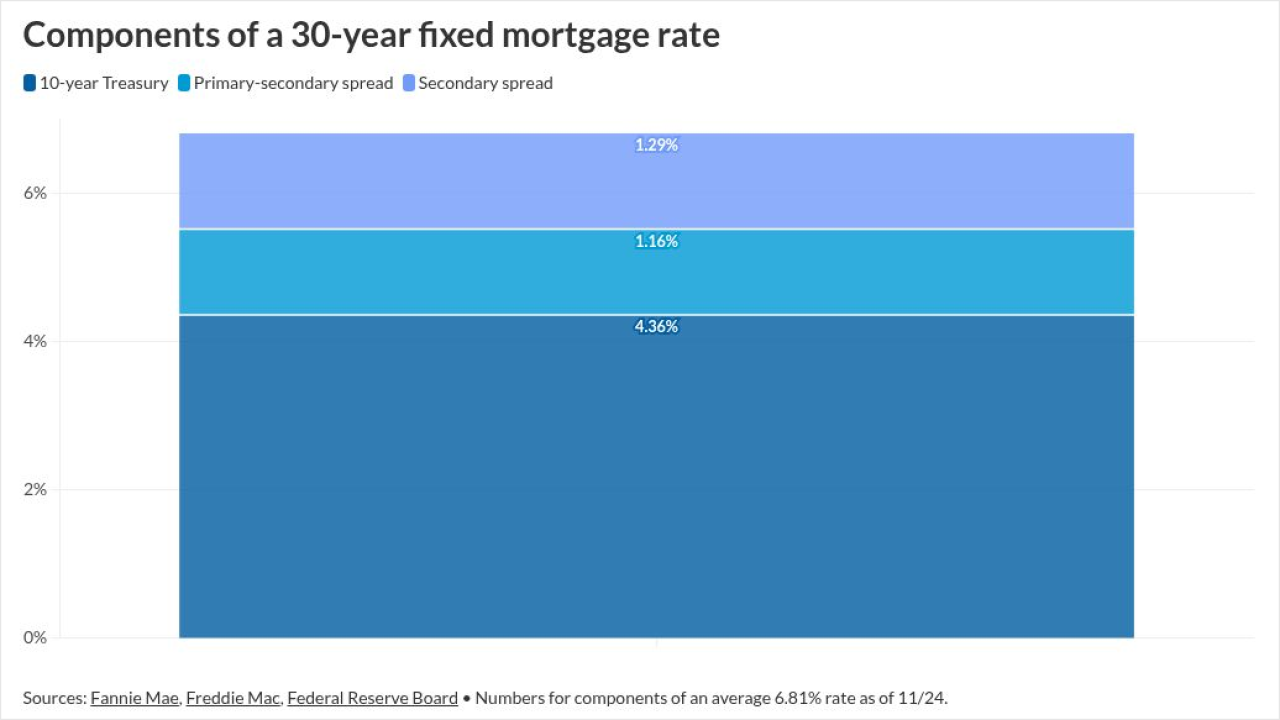When financial conditions like historically low lending rates and low unemployment gave consumers more access to the credit, the subprime auto lending market expanded and fragmented, sending the number of subprime issuers ballooning from nine in 2011 to 30 in 2021.
Now that economic conditions are growing more precarious, and amid declining used vehicle prices, industry analysts expect the stronger and more established subprime auto ABS platforms to remain resilient as performance begins to degrade across the sector, according to a sector update from Fitch Ratings.
GM Financial and Santander Consumer USA together once made up more than 80% of subprime issuance in 2011, and now they account for just 34% of the $29.1 billion year-to-date issuance in 2022.
The trouble with such drastic expansion is that increased competition also increased the risk of companies loosening underwriting standards to win more business—which is exactly what they did, according to analysts Nicholas Eklund, Margaret Rowe and Todd Swanson, who authored the report.
"Although there is often commonality in subprime lenders' underwriting, many use home-grown models and approval levels including standard credit metrics such as a FICO or Vantage Score, as well as other alternative data.
One particular feature of underlying subprime auto loans is that issuers introduced extended-term loans greater than 73 months, and their numbers have risen steadily. Fitch has normally regarded 73-plus month loans warily, because the depreciation horizon could outpace amortization. Those fears haven't materialized in recent performance analyses, however, according to analysts.
"Performance for 73+ month loans has so far proven no worse than 61- 72-month loans, usually due to relatively stronger borrowers with higher bureau and internal scores," according to the report.
Still, analysts sounded a note of caution, because while performance has been comparable to shorter-term loans, as some lenders have begun relaxing credit quality standards for the longest-term loans.
The contraction in the subprime market has already begun, in fact, as the number of issuers in the space has slipped to 28 year-to-date in 2022, the rating agency said in the research note titled, "Established subprime auto loan ABS issuers to remain resilient in slowing economy."





